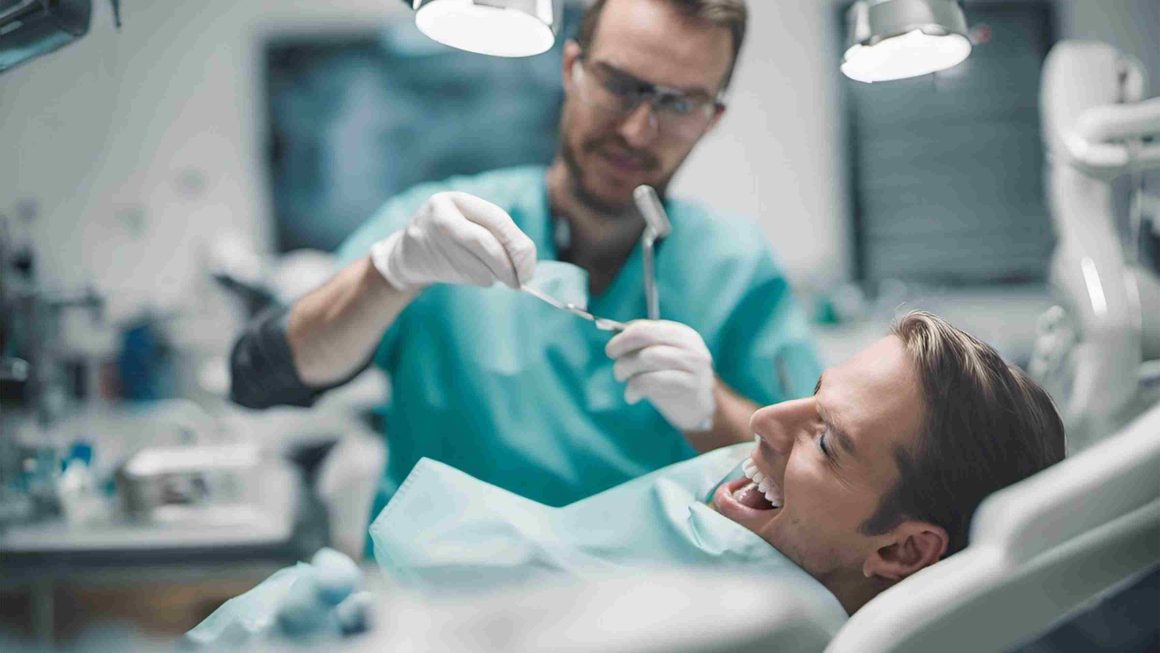Hyperpigmentation can occur due to many factors, including inflammation often secondary to acne, hormones, often during pregnancy, and UV exposure. The net result of this is patches of skin darker than its surrounding areas. The root cause of pigmentation is melanin. A substance present in the body which is responsible for the colour of hair, skin and eyes. Besides creating our natural complexion, in some cases, it can inadvertently give rise to heavier deposits in our skin. While these darker spots are generally harmless, they can affect your self-esteem as they can make you look older and dull a fair complexion.
What is the Cause of Hyperpigmentation
A change of factors can cause hyperpigmentation. The most common is exposure to the sun. Sunlight triggers the production of melanin because it is the skin’s natural way to protect it from UV rays, too much sun can lead to sunspots.
Changes in hormone levels can trigger melisma. It is especially relevant during pregnancy due to natural hormonal changes. Melasma causes large dark patches of discolouration on the skin, it is likely to subside shortly after childbirth, but may not go away completely without the help of treatment. However, this is not continuously the case and the underlying pigment can persist for years after birth. Through the same complex mechanism, those taking hormonal contraceptives can cause dark acne on the arms and face.
The other common trigger for dark spots is a post-inflammatory reaction. This is when injured skin heals itself. Acne vulgaris is a mutual skin condition and the most common type of post-inflammatory hyperpigmentation.
How does it Affect Different Skin Tones?
It can disturb people of all ages, skin types, and races. Those with darker skin tones logically produce more melanin as this is the substance that gives them their darker complexion. Therefore, as its hormones or trauma triggers increase, the skin may be more prone to hyperpigmentation.
How can Hyperpigmentation be Prevented?
Hyperpigmentation cannot always be avoided. However, there are some humble steps you can take to protect your skin from those darker spots.
It is imperative to defend your skin from harmful UV rays. You should always wear an SPF (minimum factor 30) on your skin at all times, even when it is not a generally sunny day. UV rays are still beating, and these can cause damage to your skin that is not immediately visible to the naked eye. Choose a sunscreen with UVA / UVB protection and a high SPF index. Applying an SPF cream to your face will be the most effective and reliable way to protect your skin and help prevent hyperpigmentation.
To reduce the risk of scarring and inflammation, don’t pick up acne spots, use a gentle exfoliant once or twice a week, and apply moisturizer to soothe the skin and reduce irritation.
How does Laser Treatment Work?
Laser treatment is a safe and real treatment that reduces the appearance of dark spots and fine lines for a smoother, more even complexion giving you permanent results.
The Harmony XL Pro Dye-VL accessory and ClearLift laser target the melanin collection below the skin’s surface with a narrow band spectrum of light energy. The narrow waveband is compatible with specialized light pulses for exceptional precision. The melanin engrosses the power from the laser and the pigmentation is to remove the lymphatic system of the body, so that you have a skin tone.
Also Read: Best Organic Skin Care Products in India
The wavelength of light produced by the Dye-VL stimulates greater melanin absorption than the exact buoyancy. As a result, it believes that this laser is not safe for darker skin types (Fitzpatrick VI-VI) due to the increased levels of natural melanin. However, for these skin types, Clear Lift offers a safe and effective alternative to hyperpigmentation problems. Both lasers can use in all areas of the body, face and neck. Laser treatment promotes the skin’s natural healing process, which stimulates collagen production with quick and long-lasting results. A usage course of 4-6 sessions would be appropriate to achieve a more youthful, smoother and flawless complexion.
Preparation for Laser Treatment
Avoid sun exposure of the treated area, including the UV tanning beds for four weeks before treatment.
Use SPF30 or higher daily.
Shower or bathe to thoroughly cleanse the skin without applying any products to the skin before treatment.
If hair growth appears in the treated area, it is recommended that it shave beforehand.
Stop using self-tanning products two weeks before treatment.
Do not use interesting products (e.g., hydroxy acids, salicylic acid, benzoyl peroxide, retinols) that treat for three days before treatment. You can use a gentle cleanser and moisturizer.
If you are taking any medication, you must inform your laser technician before treatment.
If you have used any other services such as botox, dermal fillers, lip fillers in Bristol, or lasers, please let your laser technician know.
How many Treatments will I need?
The number of management will depend on factors such as type of pigmentation, the size of the pigmentation and the depth of the pigmentation. Some cuts may require a single treatment and others need more than one. It suggests having one every 4-6 weeks for optimal results. Each treatment should only take 15 minutes, but this can vary depending on the size and area you are being treated on.
Treatment Guidelines
The treatment has minimal stoppage or side effects. You will be able to continue your life generally after the treatment.
There may be slight redness, swelling and peeling for 2-3 days after treatment.
Pigmentation may deepen, lighten, fade, or have no change immediately after treatment.
It usually takes 4-6 treatments for your body to process the treatment and remove excess pigment through lymphatic drainage.
The pigmentation may become darker for seven days, but will then fade and may even disappear altogether.
Clean once a day with mild soap, dry with minimal pressure.
Avoid exposure to the sun during your laser treatments. If this is unavoidable, keep the area covered.
Do not use UV burning beds for at least four weeks after cure.
Do not do any physical activity for 1 to 2 days; all strenuous physical activity should stop for ten days.
Avoid using heat treatments, saunas/steam rooms, chemical peels/facials for at least three days after treatment.




